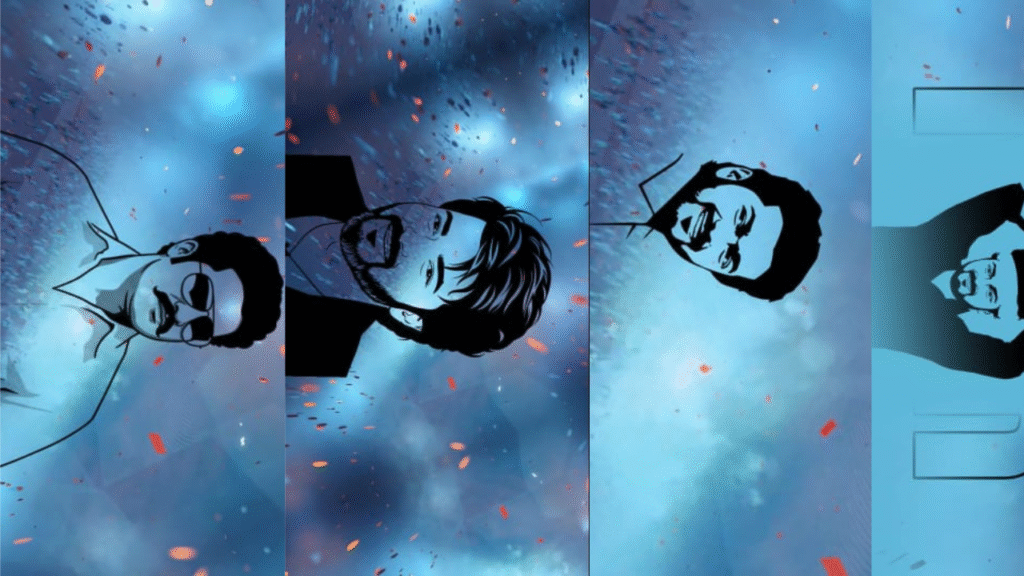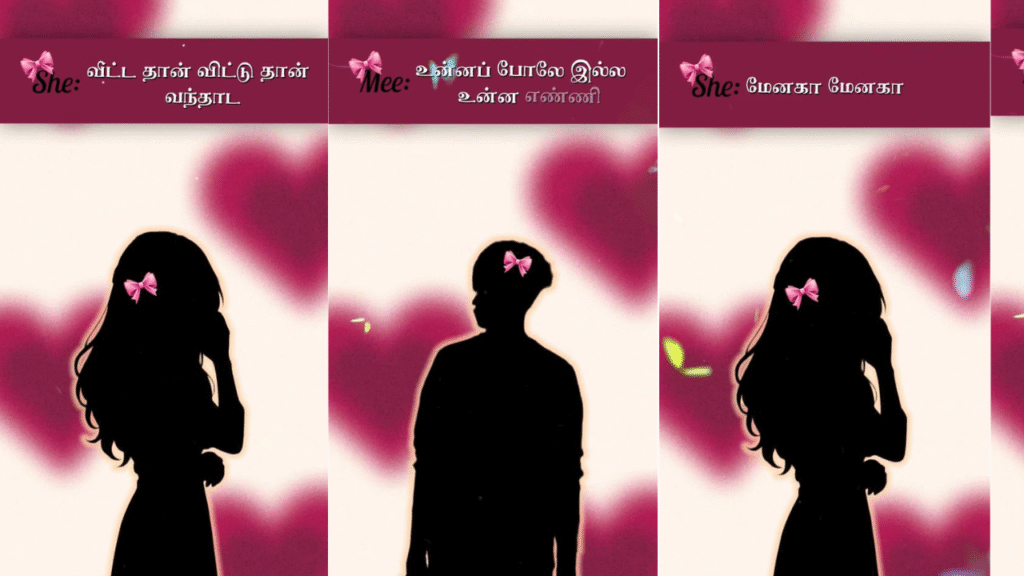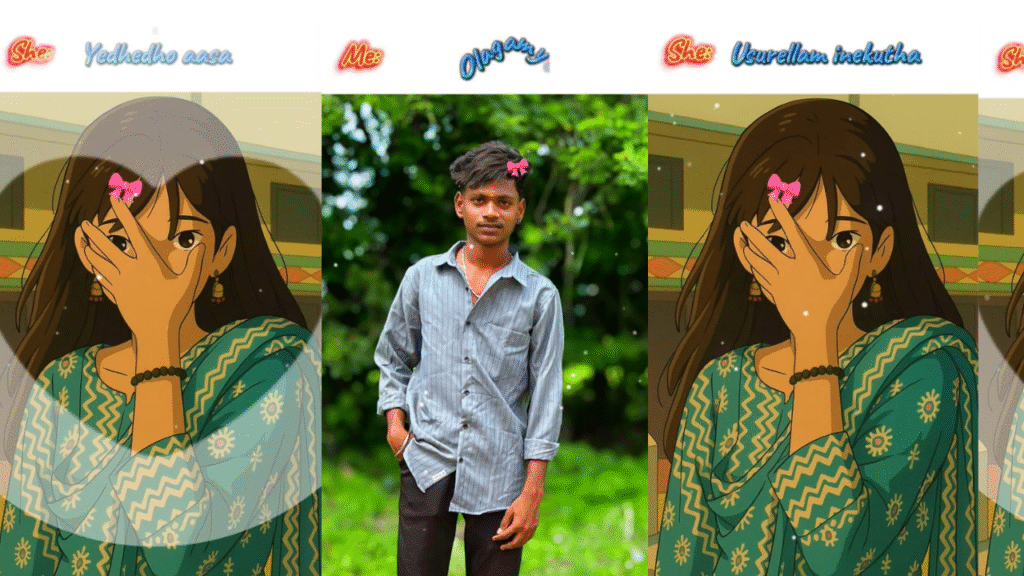The Essence of Dark Moody Editing
Dark moody editing is more than just a visual style; it’s an emotional expression through light and shadow. This approach focuses on creating depth, atmosphere, and mystery by enhancing dark tones and muted colors. The goal is to evoke a sense of drama and intensity that draws the viewer into the story behind the image.
Playing with Light and Shadows
The heart of a dark moody edit lies in mastering contrast. By emphasizing shadows and controlling highlights, photographers guide the viewer’s eye to the most important parts of the image. Soft light and low exposure levels help in shaping the mood, allowing even simple scenes to appear cinematic and profound.
Color Grading for Mood
Colors play a crucial role in achieving the moody look. Desaturated hues, earthy tones, and cool undertones often dominate this style. The use of color grading tools to balance warmth and coolness determines the emotional weight of the photograph. A slight tint of blue or green can make the image feel melancholic, while warm browns and oranges bring nostalgic depth.
Emotion Through Composition
Composition is not just about where subjects are placed; it’s about how emotion flows through the frame. In dark moody edits, negative space and selective focus help create an intimate, storytelling feel. Every element—light, color, texture—works together to communicate mood rather than just visual appeal.
The Power of Subtlety
What makes dark moody editing captivating is its restraint. The beauty lies in what is hidden as much as in what is revealed. It’s about finding elegance in simplicity, emotion in stillness, and storytelling through tone. Each image becomes a quiet moment filled with depth and feeling, resonating beyond the surface.





